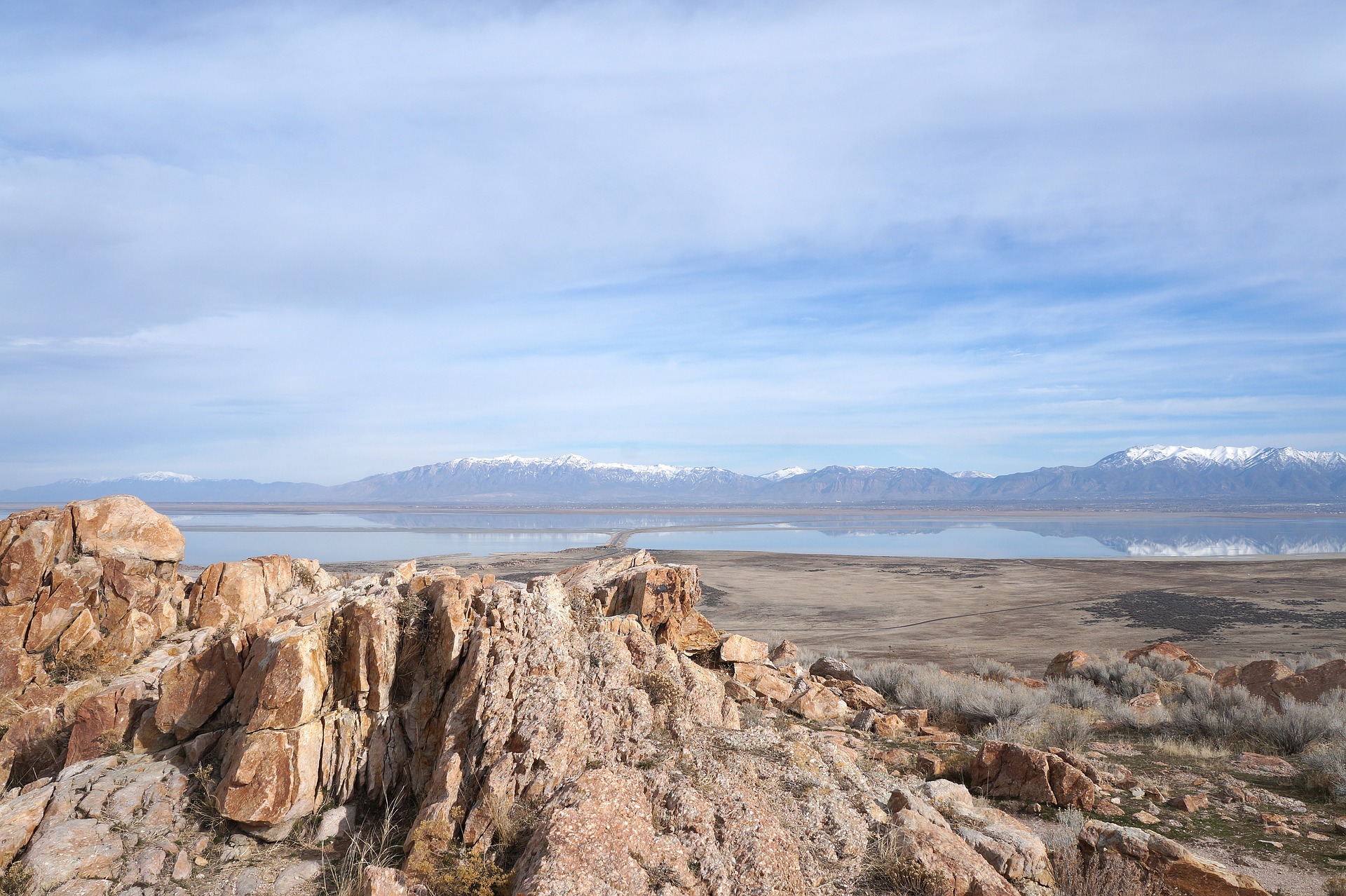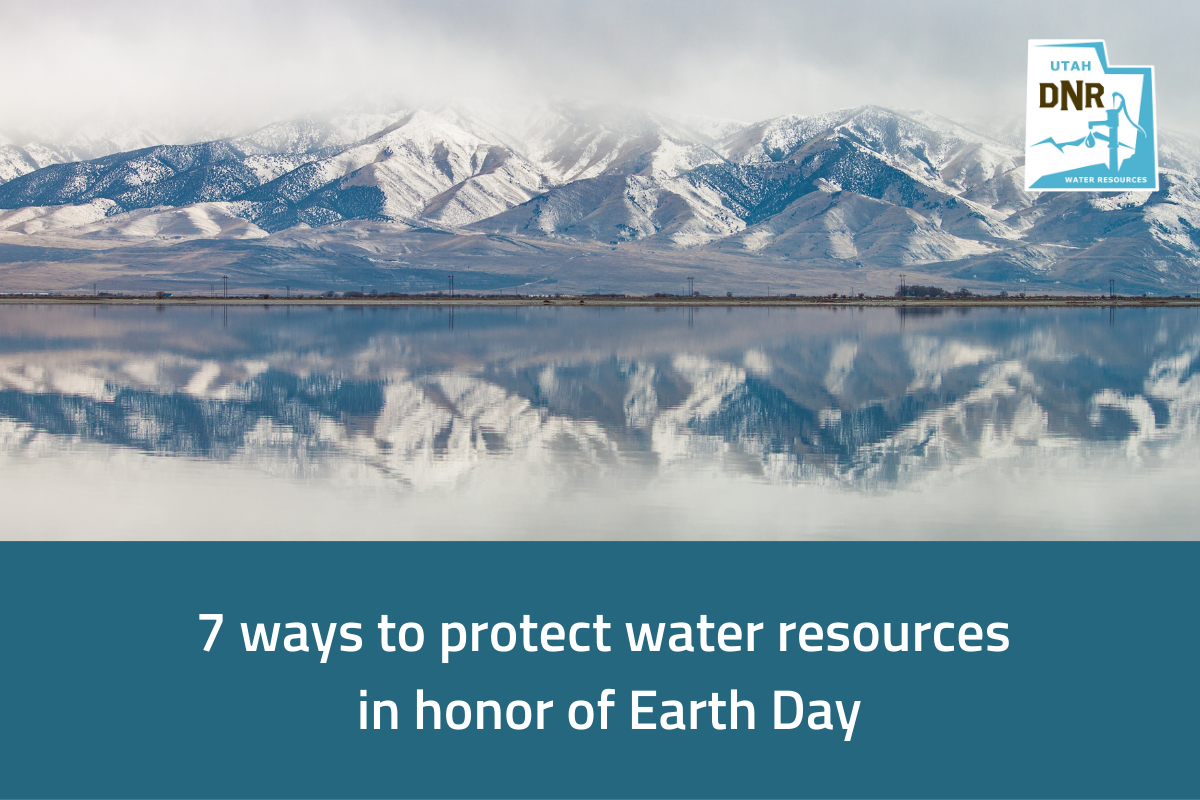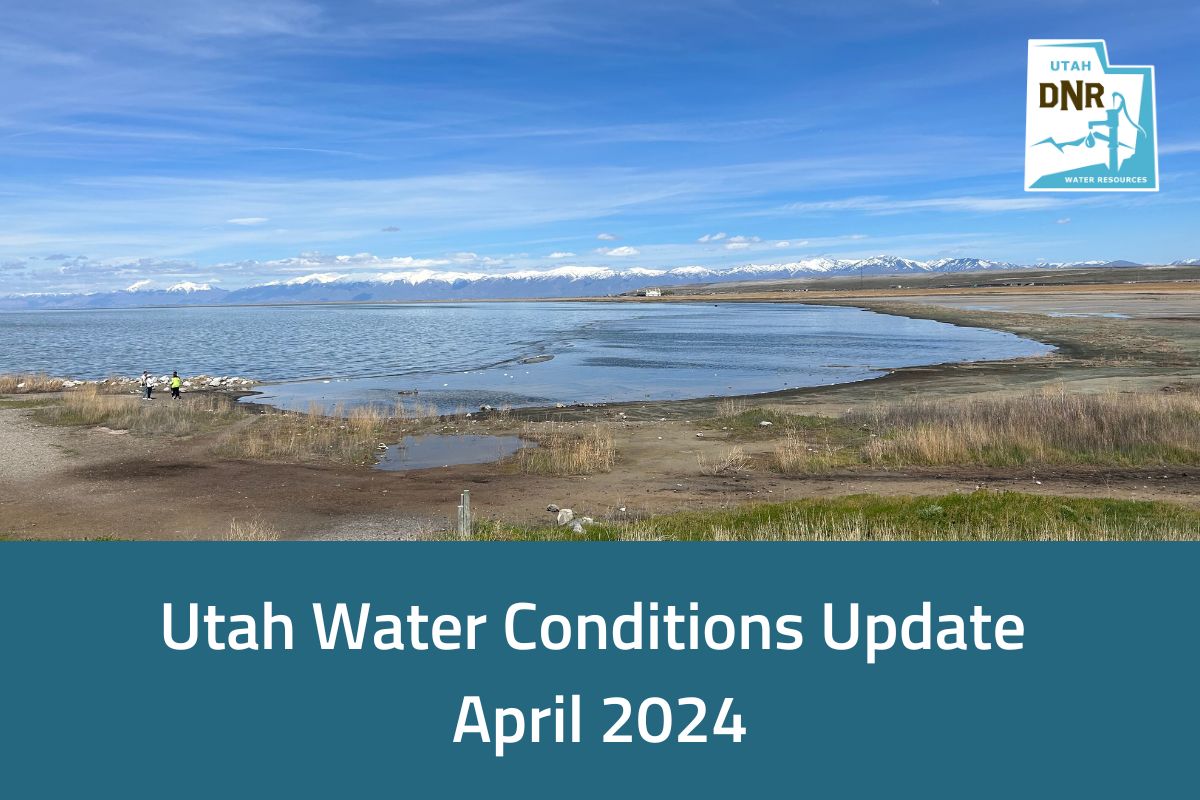Reports that the Great Salt Lake has dropped below its historic low elevation of 4,191.35 are premature. The Utah Division of Water Resources is following the lake’s elevation closely and expects it will drop below that point in the coming days.
Conditions like wind, inflow and evaporation can cause the lake’s elevation to fluctuate. Sometimes those swings are extreme. To account for this, the division evaluates daily averages rather than the instantaneous readings recorded every 15-minutes. Taking this approach provides a more accurate reading rather than a single snapshot in time.
This pending milestone is concerning. The value of the Great Salt Lake to the state of Utah is significant as it provides economic, environmental and ecological benefits. Utah is growing faster than any other state in the country, and water demand is at an all-time high. Coordination and cooperation are key to solving this unique challenge. It’s important that we maintain a unified front between policy leaders, industry, wildlife and all stakeholders to balance the state’s growth with the health of the lake.




